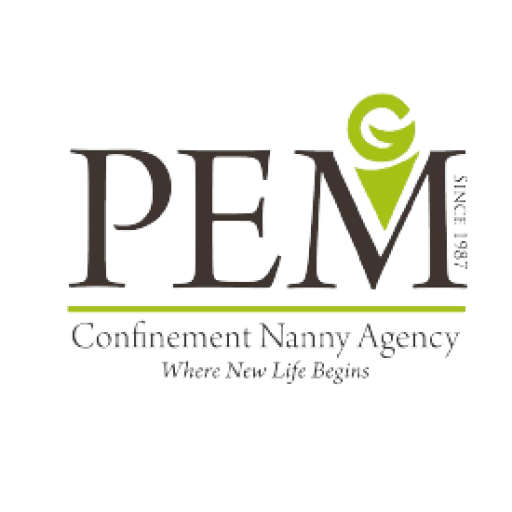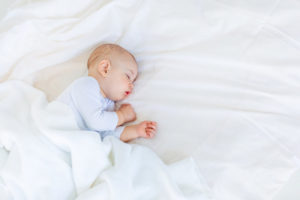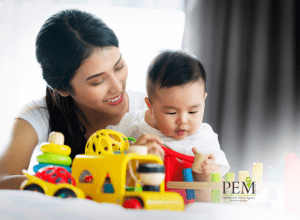[email protected] ♦ (+65) 6293 9249 ♦ Mon - Sun : 10:00AM - 7:00PM
Food to Eat After a C-Section: An Essential Guide
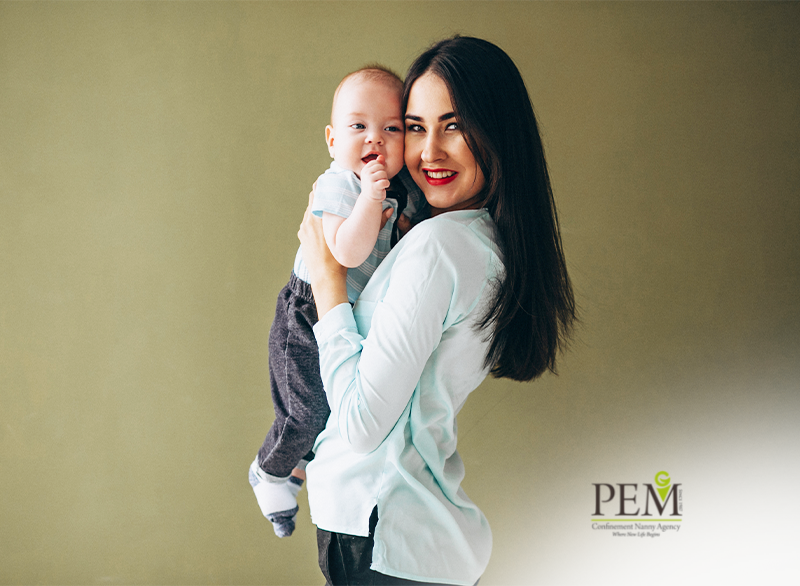
Caesarean section delivery necessitates serious surgery, and your body, like any other major operation, will take special care for you to recuperate entirely. However, if you are concerned about having a caesarean section, you are not alone; caesarean procedures now account for up to four out of every ten new births on the island.
The only thing to expect is a lengthier hospital stay – up to three or four days following your delivery (longer if there are complications), and up to six weeks to properly recuperate.
So, why is it critical that you remember what to eat following a c-section? Adequate rest and nutritious food are critical during this period for a mother’s recovery and the health of her infant. As a result, your confinement meal plan should include foods high in nutrients that encourage excellent health and bowel movements. You should also be aware of the foods to avoid following a c-section.
Here are some of the best foods and general advice we have for mothers who have had a caesarean section. We shall start off with what you should avoid first.
Foods you should avoid
After giving birth, new women are frequently at a higher risk of protracted wound healing. As a result, you must keep a close eye on your food and exercise extreme caution.
Meals containing elements that may induce inflammation and interfere with the body’s healing process are among the foods to avoid after a c section. Foods with added sweets and fried foods are also two of the most popular foods to avoid following a caesarean birth.
So, what type of food to eat after c section, you ask? Well, try eating anti-inflammatory foods such as fibre-rich foods, colourful vegetables, herbs, and nutritious warm soups, which can help improve digestion, heal wounds quickly, and may even potentially increase breast milk production. A good soup to include in your confinement diet is the “Green Papaya Herbal Fish Soup,” which is made with green papaya, fish, snakehead (sheng yu), ginger, and garlic.
Another great food to have is green pepper. Green peppers are a popular ingredient in Malay confinement meals as they are said to be naturally high in antibacterial compounds, which not only help to cleanse one’s digestive tract but are also excellent antioxidants that promote regular and natural bowel movements. This brings us to the next point:
Mix in foods that contain lots of protein and vitamins
Protein-rich meals are undeniably the greatest foods to eat following a caesarean delivery since they promote the formation of new body tissues. The benefits of protein-rich diets, however, do not end there. A higher protein intake is also necessary to support your nursing demands.
Vitamins A and C, as well as minerals like iron and zinc, on the other hand, include important antioxidants that can speed up the repair process and boost the formation of collagen – a chemical required when scar tissues develop.
Here are some protein- and vitamin-rich meals that are usually considered to be among the greatest foods for caesarean delivery: legumes, beans, lean meats, and fruits as well as vegetables like spinach, longan, red dates, and mulberry.
In addition to that, eating has to be paired with drinking and, no, we don’t mean drinking in the alcoholic sense.
Stay hydrated with adequate fluid intake
Adequate fluid intake has little direct effect on wound healing, but it does have various health advantages for a new mother, such as minimising constipation and relieving abdominal strain.
That is why new mummies who have had a caesarean section are recommended to include water in their confinement meals. The bulk of Chinese confinement food in Singapore reflects this. Chinese confinement meals are frequently followed by a warm, nutritious drink that performs the same function as water, such as ginger tea, red dates tea, or a confinement tonic composed of ordinary chicken soup and ginseng chicken soup. So, try introducing any of these or other fluids into your diet, but be wary of additional sugars.
Hold up, we have also compiled a list of frequently asked questions and hope that we can answer them here to put your minds at ease.
FAQ
1. How should I be eating after a caesarean delivery?
Answer:
An exceptional and nutritious diet after c section involves good eating habits like drinking enough fluids and consuming foods that are anti-inflammatory, high in protein, and high in vitamins A and C, as well as minerals like iron and zinc.
2. What should you avoid eating after a caesarean delivery?
Answer:
Deep-fried foods and foods with added sugars should be avoided by mothers who have had a caesarean delivery. Avoiding gassy meals like cabbage, cauliflower, and asparagus, as well as drinks like carbonated beverages and citrus juices, is also a good suggestion if they cause considerable discomfort.
3. Can I eat rice after a caesarean delivery?
Answer:
According to experts, it is absolutely okay to incorporate rice and entire grains in one’s c-section diet after pregnancy, such as whole-grain bread, brown rice, whole-grain pasta, and oatmeal. Whole grains are high in fibre and antioxidants, which aid in the regulation of insulin levels and bowel motions, as well as the promotion of excellent gut health.
4. When can I start eating solid foods again after a c section?
Answer:
If your gynaecologist gives you the all-clear and there are no difficulties, you can begin eating solid meals one or two days following your c-section delivery.
Closing words
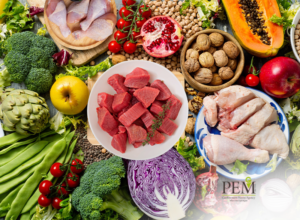
We understand that planning what food to eat after c section delivery might be stressful, but it isn’t all that tough. In truth, there are several meals that can help you recover from a c-section as well as assist your and your baby’s health.
Of course, learning not just what foods to consume after caesarean birth but also what foods to avoid thereafter is critical, since both are equally crucial. However, you should not be concerned that it will be different since you had a c section because the foods to avoid after birth are typically the same for all women regardless of delivery method used.
Speaking of c-section, you’ll be recovering and also trying to take care of your newborn, won’t you? That’ll be quite a hard time especially for new mums who haven’t experienced motherhood before. Did you know that we at PEM specialise in confinement care? Our highly trained and experienced nannies draw upon over 30 years of experience in the industry to bring you the ease of mind you need to fully focus on your own recovery after delivery.
So, look no further and stop Googling “nanny confinement Singapore” or “confinement nanny SG”. We have you covered. Drop us a call or head to our website to book or leave an enquiry today!
